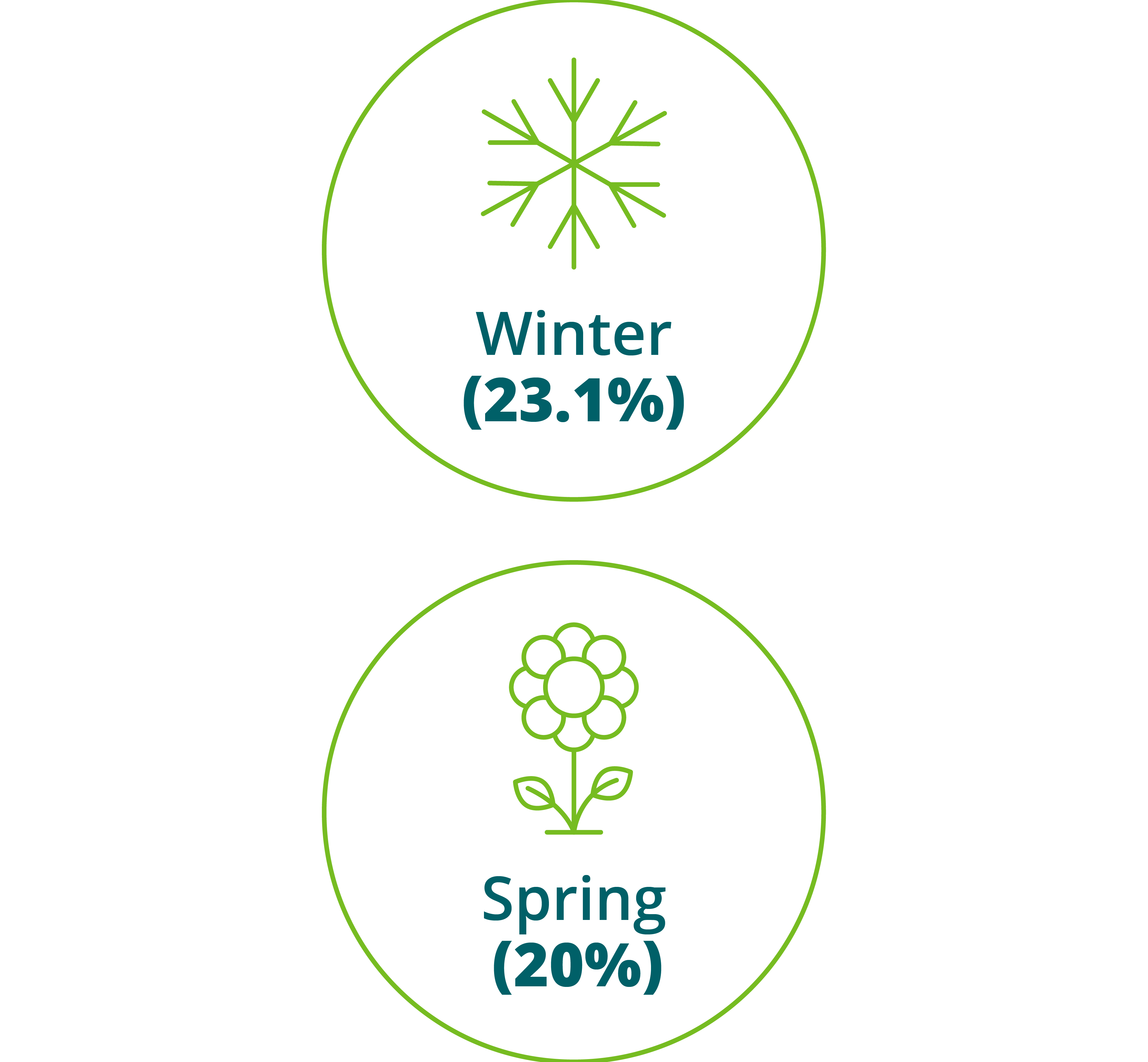Vitamin D Deficiency in the UK
According to the criteria of Public Health England and NICE for vitamin D, almost 55.4% of the population in the UK are either insufficient (serum 25(OH)D levels of 25-50 nmol/L) or deficient (serum 25(OH)D levels below 25nmol/L).
Some people are at greater risk of having a lack of vitamin D. Several studies in the past have shown that 40 - 100% of European elderly men and women living in the community (not in nursing homes) are deficient in vitamin D, and more than 50% of post-menopausal women have suboptimal levels of vitamin D.3 People with dark skin and Asian ethnic background also have a greater risk of vitamin D deficiency/insufficiency.2


Vitamin D deficiency is more prevalent among current smokers and people that spend less time outdoors in winter.
This article draws on information from the UK Biobank which was compiled from 2006-2010 by recruiting participants aged 40-69 years throughout the UK.
1. Eamon Larid, et al. Vitamin D and Bone health: Potential Mechanisms. Nutrients 2010, 2, 693-724.
2. Lin L-Y et al. Distribution of vitamin D status in the UK: a cross-sectional analysis of UK Biobank. BMJ Open 2021.
3. Michael F. Holick. Vitamin D Deficiency. N Engl J Med 2007 357:266-81

